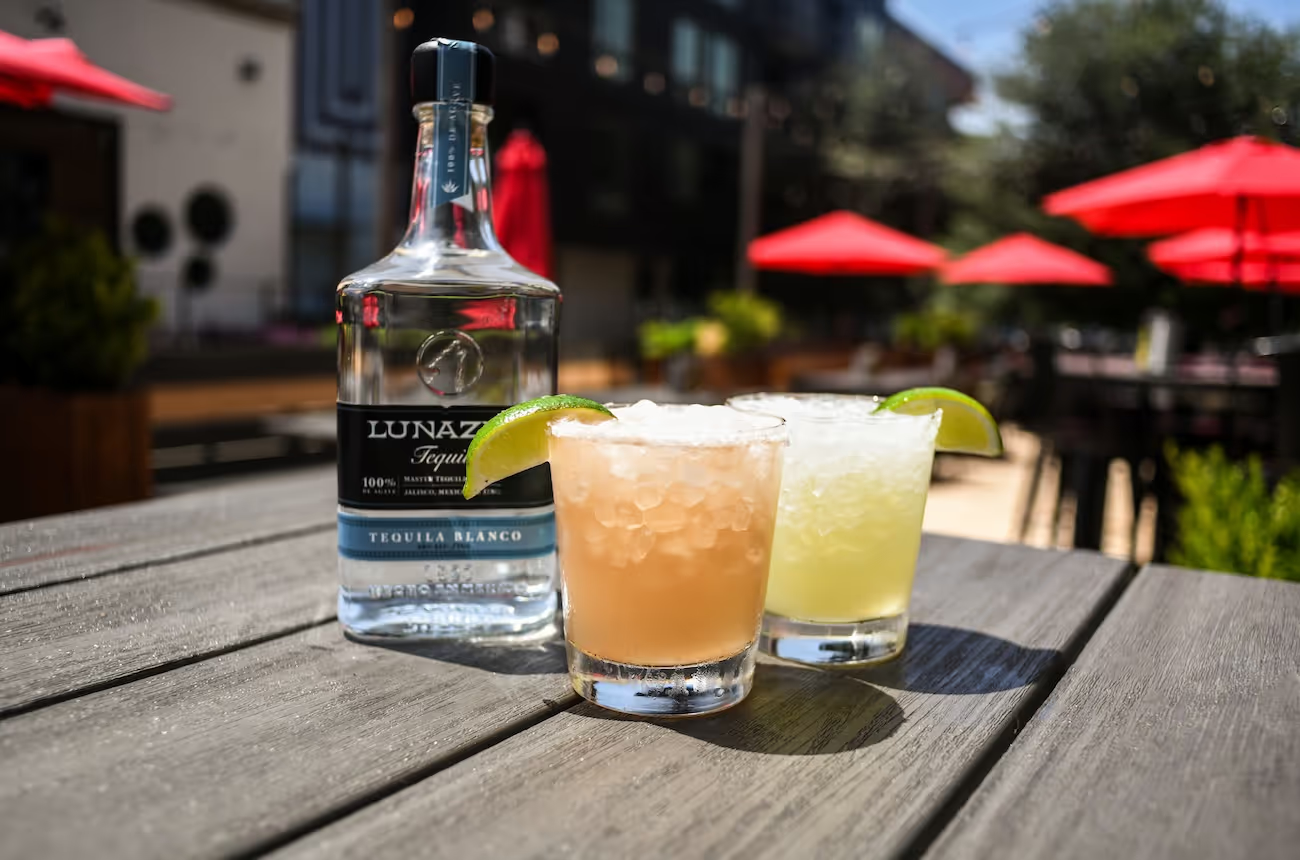
Hopdoddy Growing Into New Markets with New Locations

The brand's CEO on why acquiring Grub Burger Bar will propel it into the future.
Growth is a primary goal of restaurateurs nationwide, and like so many of us in the industry, we spent the pandemic re-strategizing Hopdoddy’s expansion plans while positioning ourselves to win in an altered sector.
COVID compelled leaders to innovate and look at new ways to grow. While Hopdoddy did not open any new restaurants in 2021, expansion was on our radar. We spent the year developing an extensive plan. With options ranging from opening more company owned locations to offering franchising opportunities, we started to strategically search for another concept/brand out there that closely aligned with ours that we could merge with to jumpstart our organic development. In January, we did exactly that.
Earlier this year, we finalized our acquisition of Grub Burger Bar, which will nearly double Hopdoddy’s size under the newly formed HiBar Hospitality Group umbrella. The restaurant conversion process is now underway. When complete, we will have grown Hopdoddy’s footprint from 32 to 50 locations within a year.
While there isn’t a single correct way to successfully execute a restaurant merger, we’ve found an approach that worked well for us.
Research and Identify Organic Alignments
The most important step happens first—research. When searching for a restaurant brand to acquire, the more it aligns with your culture, culinary expertise, and values, the more successful the merger is likely to be. It’s vital to share common values and vision in people, menu innovation, and the restaurant’s look and feel.
In Hopdoddy’s case with the Grub acquisition, both brands are better-burger concepts that value people, process, and product. At the heart of this is individuality and innovation. Right off the bat, it felt like a natural fit.
Merging with a brand with an aligned culture and brand promises makes the operational adjustment easier on the in-restaurant team. From training to guest interface, teams don’t have to learn a new service or management style, different cooking techniques or how to work with different ingredients. The kitchen doesn’t have to be completely reconfigured. Our first conversion took less than a week—we closed on a Sunday and reopened the following Friday, with the same BOH and FOH staff completely ready to execute our menu and provide the Hopdoddy hospitality and standards we’re known for.
The similarities between our brands also help maintain and excite the local guest base. We’ve taken a “best of both” approach incorporating key items that made Grub successful while integrating over to a core Hopdoddy menu. Hopdoddy offers similar and upgraded burger builds that will excite Grub fans when they discover their go-to burger spot is evolving to a new brand.
Another key component in the process is looking at a restaurant group’s real estate footprint. When optimizing where to grow and expand, it is ideal to identify a successful restaurant with brand recognition in existing markets and in new, desired ones. Finding this provides more options to grow organically in existing and new trade areas; expanding growth opportunities and ultimately increase the likelihood and ability to effectively grow.
In our case, several Grub restaurants were in markets where Hopdoddy already has a presence, such as DFW. Others were in cities relatively close to existing Hopdoddy units in Texas, which allows the concept to expand into new cities and states with some brand recognition and knowledge. Other Grub locations, such as Atlanta and Florida, do not have Hopdoddy restaurants but are in areas Hopdoddy wanted to expand into. The merger paved the way.
Before Acquisition Closure
Before the deal was closed, our first step was to align culturally and crystalize our shared vision. The combined leadership teams met offsite for two days with the objective of getting to know one another and to align on our core values, mission, and vision, and “how we work together” in our newly created company—HiBar Hospitality Group. I felt it was important for us to create a new company to join both brands into rather than simply have Grub join Hopdoddy. HiBar Hospitality allowed us to create something unique and more powerful by combining both brands together.
The Restaurant Conversions
Before we jumped into conversions, our next step was for me and key leaders from Hopdoddy and Grub to hold a series of town hall-style meetings with Grub team members. The primary goal was to listen and learn from our new team members as well as introduce ourselves, the Hopdoddy brand, and what to expect in the coming weeks/months. We knew it would be imperative that we didn’t just rebadge the restaurants but truly welcome our new Grub team members to the Hopdoddy family and create a team that was informed, inspired, and on board.
As we visited all Grub restaurants, we shared the plans for the restaurant conversions, our retention strategy and what to expect. We had three primary objectives that we hoped to make clear during this pivotal time:
Retain Grub Team Members: We offered jobs to all Grub team members at every level, from C-suite members to in-restaurant employees. With our two brands’ shared focus on putting people first, we wanted to show them we valued their experience and loyalty. We have been able to retain a majority of the Grub teams through conversion as a result.
Educate and build brand awareness and excitement: We shared additional information about our brand identity and team member-first values, communicating the positive impact this would have on their community and more personally, their own career growth.
Generate excitement about the change to a new brand: This is essential because enthusiastic team members pass that energy along to the restaurant’s guests.
Looking forward, we plan to use this as a continued approach in our growth strategy. Hopdoddy and HiBar Hospitality are just getting started.
Jeff Chandler is the CEO of HiBar Hospitality.




